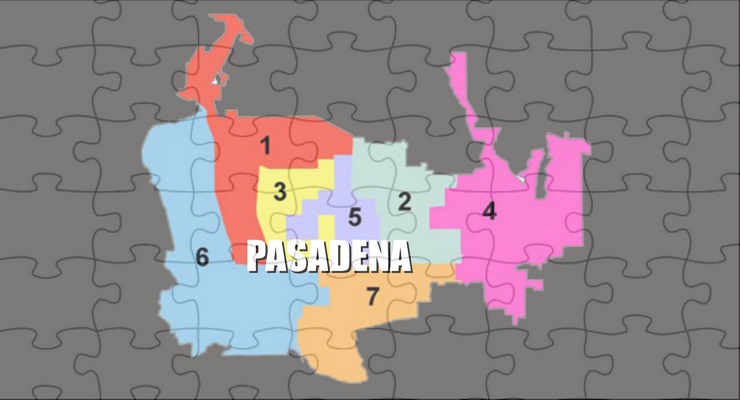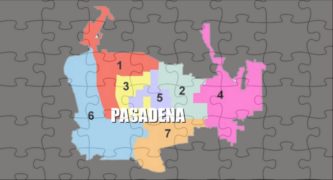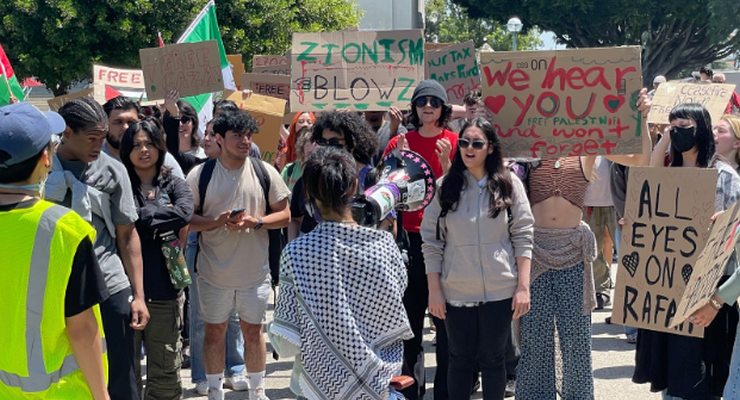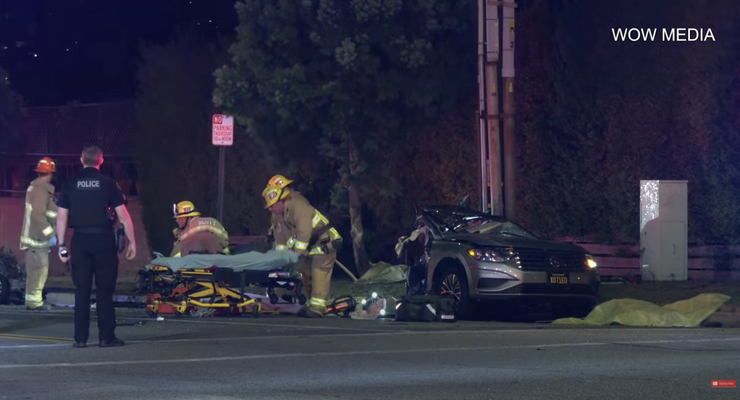
The City Council on Nov. 15 is scheduled to discuss the Redistricting Task Force’s final report and recommendations.
Following every 10-year U.S. Census count, the city utilizes that information to examine the people residing in existing City Council district boundaries to account for changes in population.
The report and recommendations are not expected to include the creation of a new City Council district, despite calls from some downtown residents for a new district in the area.
“The Central District deserves its own council district,” said Downtown Pasadena Neighborhood Association Vice President Marsha Rood in an opinion piece that appeared in Pasadena Now earlier this year.
“Its residential community is growing by leaps and bounds, but the City is not sufficiently addressing the effects of this tremendous growth,” Rood wrote.
Although the matter was considered by the task force, downtown residents rejected the idea, according to one person familiar with the process.
Redrawing lines to create a new council district is extremely rare.
The last time that happened was 30 years ago when the council redrew the lines to guarantee Latinx voters a fair chance at representation and the opportunity to participate in the political process.
As a result, District 5 was created, although Latino residents did not immediately elect a Latino councilmember, instead opting for Bill Crowfoot, who spoke Spanish fluently.
Reverberations from that process continue to impact the city.
The creation of the new district eventually led to Mayor Victor Gordo’s election. Gordo served as a field representative for Crowfoot, and won the seat after Crowfoot retired.
In 2012, the City Council voted 6-1 to shift the districts slightly, resulting in the exchange of about 1,392 people from one district to another.
The process ensures the proper balance of populations between all districts. With the completion of the 2020 Census, the council formed a task force to review changes in populations and demographics in the city and recommend a plan to accommodate those changes.
Pasadena first drew district lines in 1980, with the city’s election system being changed from at-large citywide contests to district-only elections.
The district lines paved the way for the election of minority candidates and a greater emphasis on neighborhood concerns.
In the 10-year period between 1980 and 1990, the city’s population increased by 11%, becoming more racially and ethnically diverse.
According to the latest census data, white residents still make up a majority of the city’s population at 36.7%. Latino residents make up 33% of the city’s population, followed by Asian Americans at 16.9% and African-American residents at 8.5%.
Latino residents make up a majority of the population in City Council districts 1, 3 and 5, with 49.7%, 48.1% and 51.4%, respectively.














 1 comment
1 comment



